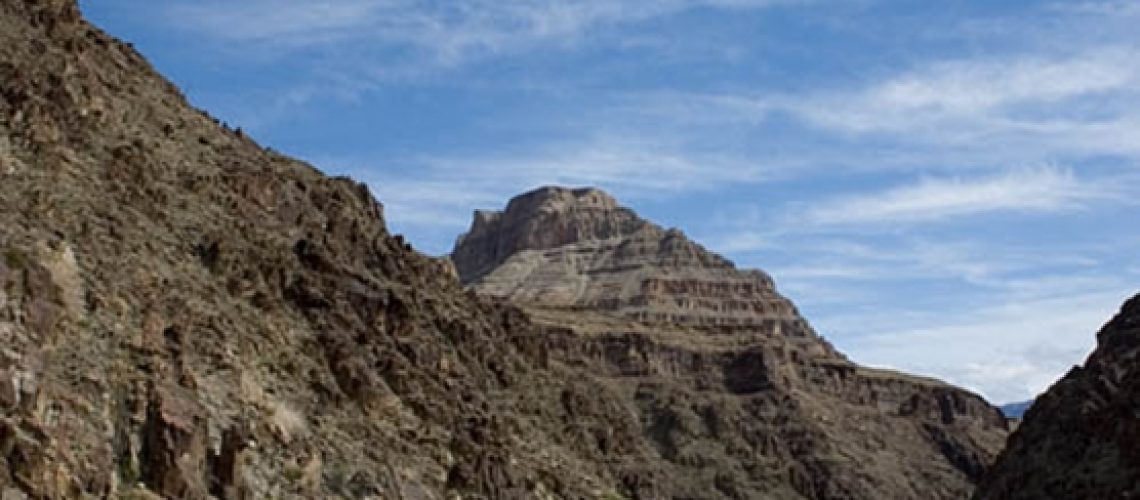See the article here
VERDE VALLEY – As American Western water law developed throughout the 1800s and into the 1900s, the notion that a stream or the natural world that depends on the water flowing through it had a water right was totally alien.
Water, it was reasoned, belonged on the land, feeding farms, orchards and livestock, mines, cities and towns. If the fish or birds or wildlife or trees and plants didn’t survive, that was the price of progress.
But shortsighted attitudes seldom pass the test of time. And in a land where water scarcity is the rule, running streams soon became the exception.
And people began to notice.
One of the tenants of the law of prior appropriation, the legal concept of “first in time, first in right,” which dominates water law west of the 100th meridian, is that water be put to a beneficial use.
For years, a mine or a farm or a city or town, even a hydroelectric plant was considered a beneficial use. But fish weren’t.
In 1941 Arizona adopted the idea that fish and wildlife had a water right. That idea was further expanded in 1962 to include recreation. Sportsmen across the state were the ones carrying the water on the idea.
Today the statute reads, “The legal authority to use, within the stream channel, a flow of water sufficient for the purposes of preserving values and uses, such as wildlife, fish, recreation and aesthetics.”
However in 1989, The Nature Conservancy applied for a certified water right in Ramsey Canyon, a property it managed in southern Arizona, claiming preserving the values of Ramsey Canyon required a protected right.
In 1990, the Arizona Department of Water Resources granted the water right after deciding the claims met state law and after TNC, through a four-year monitoring program, proved the water was actually flowing and being put to beneficial use.
The following year, Gov. Rose Mofford issued Executive Order 91-6, proclaiming, “the state of Arizona shall encourage the preservation, maintenance, and restoration of instream flows throughout the state.”
Over the last two decades, dozens more instream water rights claims have been filed with ADWR. Many are on the Verde River and its tributaries. The U.S. Forest Service has filed most of them, but conservation groups have also filed some.
But the movement to protect instream flows with certified instream rights has been seen as a threat by some interests.
This year an attempt was made to pass a law that would restrict filings by forcing applicants to provide five years of flow data before the application could be filed.
The bill was eventually watered down, but it symbolizes a push back against instream rights that is beginning to surface.
According to a report issued this year by Montgomery and Associates, a water consulting firm, instream water rights are seen as a threat to future attempts to sever and transfer water rights, even those that are senior to the instream right.
With federal reserve water rights being expressed as instream flow rights, Indian instream water rights claims and a host of unanswered legal question, the future of instream water rights is anyone’s guess.

